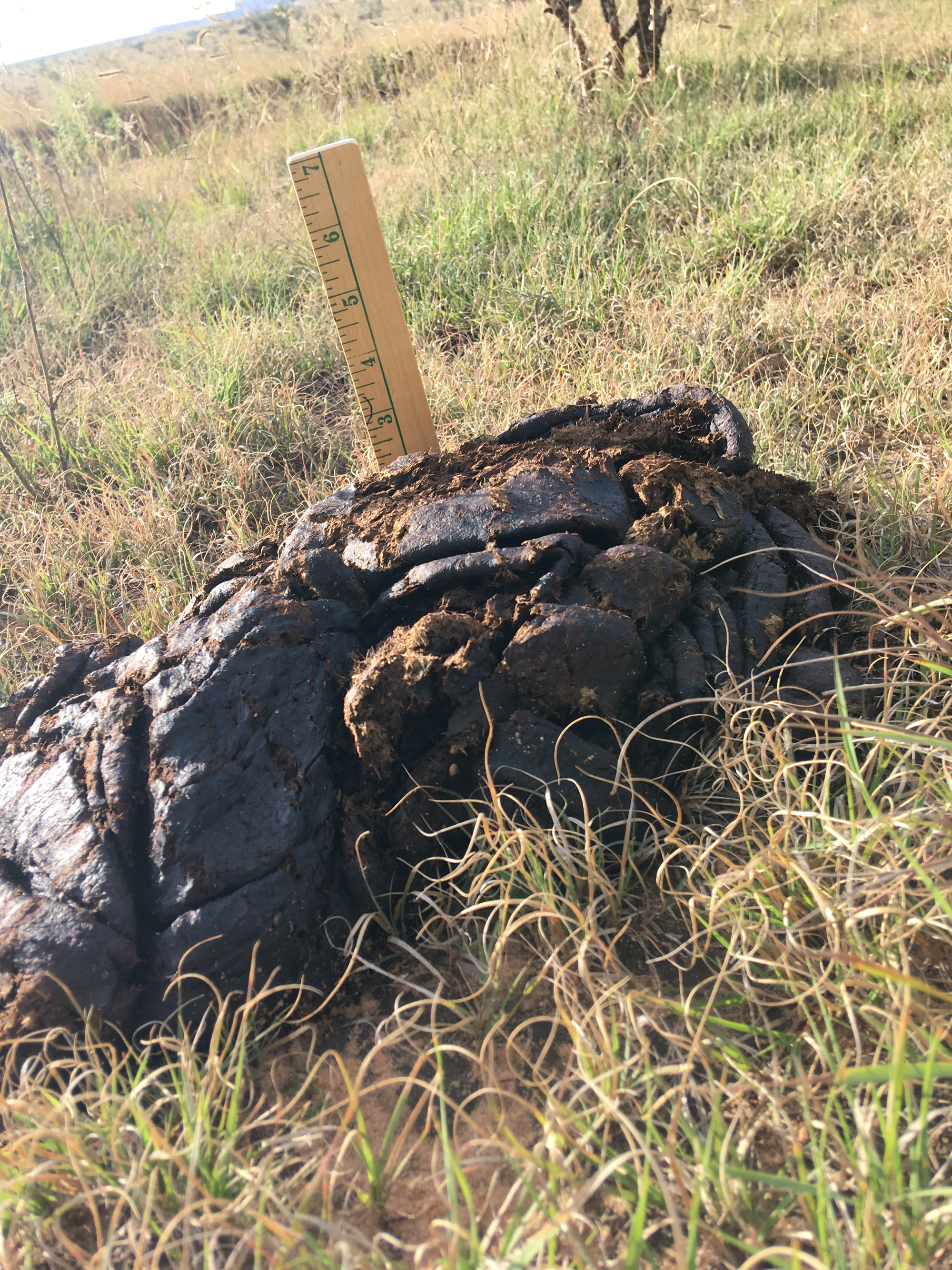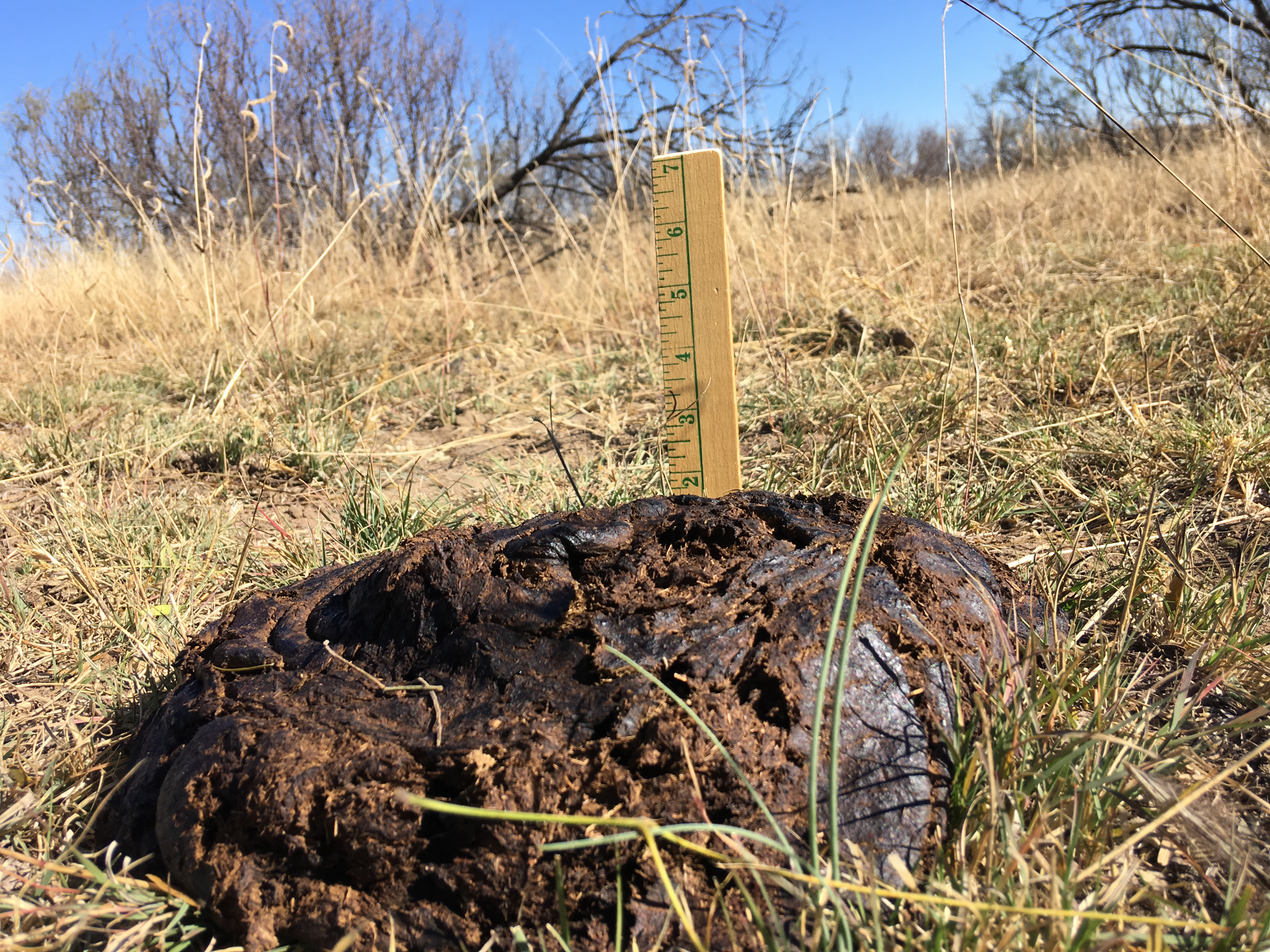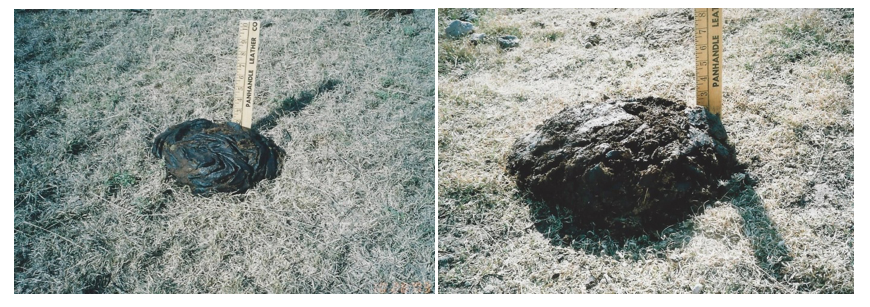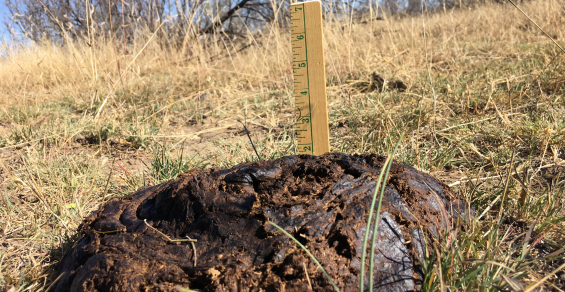Commentary; By Dan E. Gar
We as human beings have a habit of making things a lot more complicated than they need to be. Cow-calf nutrition is no exception … it’s pretty simple and straight forward.
I believe the place to start is pasture or range management and stocking rates. Years ago, an old timer told me to stock pastures according to the average annual precipitation. Stock one pair, per section, for each inch of average annual precipitation. Twenty inch average precipitation would be 20 pairs per section or 32 acres per pair. This is a good rule of thumb along with considering the past history of stocking rates in each pasture.
The next thing is to consider what the Bible says in Leviticus 25 by giving the land a Sabbath year of rest. To accomplish that, we can divide the ranch into seven pasture units and rest one pasture for a year. Then next year, rest another pasture and graze the other six, including the pasture rested last year and so on. In seven years all seven pastures have been rested. Pastures on smaller ranches can be divided with electric fences. God promises that He will bless us if we give the land a Sabbath year of rest.
In my part of the country, the Texas Panhandle, Oklahoma Panhandle and eastern New Mexico, feeding season is just around the corner. Wouldn’t it be nice to feel like you had a better plan for supplementing your cows than guessing or going by previous feeding amounts? Well, there is a secret to nutrition and all it takes is common sense, practical experience and observation.
The secret to cow-calf nutrition is so simple that we who want to make things more complicated than they need to be, overlook it. The secret is to give a cow what she needs, when she needs it. Just as the timing of rain is more important than the total amount of rain, the timing of feed is more important than the total amount of feed.
How do we know if we’re giving a cow what she needs, when she needs it? We let the cow tell us. I know that we don’t speak or understand cow talk, but this is where observation comes in.
This is where we observe what I call cow-pie-ology. This is the visual observation of cow pies around the water troughs or anywhere cattle are resting or grazing. I’ve studied “cow-pie-ology” for more than 20 years and used it to assist clients with the overall nutrition programs on a lot of ranches.
So, here is what we are looking for. From weaning up to 30 days pre-calving we want to see the average of the piles from 3 to 5 inches tall.

Starting 30 days pre-calving through weaning, we want to see the cow-pie-ology 2-4 inches tall without a lot of layers.

Any time we see cow-pie-ology stacking more than 5 inches, we have a protein deficiency and feed is recommended.

I believe we should let the cows tell us when to start feeding, to tell us how much to feed each class and each pasture and finally, when to stop feeding. Every ranch is different, every pasture is different and each set of cows are different. I’ve seen many times that two sets of running age cows in joining pastures may need different amounts of feed.
One last thought, and that is springtime green-up. Manure pies may be almost flat and cattle may be slipping. I believe this is due to the fact that the protein of the grass is extremely high, but cattle are chasing green grass and have stopped grazing dormant grass. So, they are not getting enough total protein and TDN and can be losing condition. I believe this is exactly what is going on when people refer to washy grass.




Leave A Comment